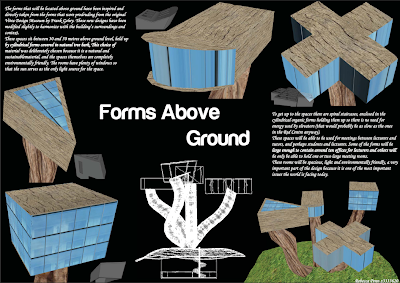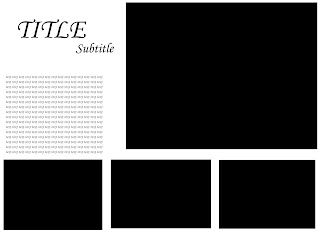 Last time I tried to use Layar I was very far away from the model and I was still underground and could not see the whole model. This time I scaled it down and it worked much better.
Last time I tried to use Layar I was very far away from the model and I was still underground and could not see the whole model. This time I scaled it down and it worked much better.Here are the rest of the Layar images I have captured using the different QR codes I made:
.PNG)
.PNG)

.PNG)






.PNG)



















































